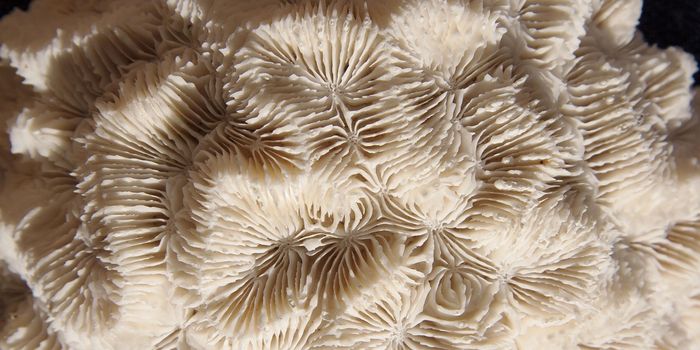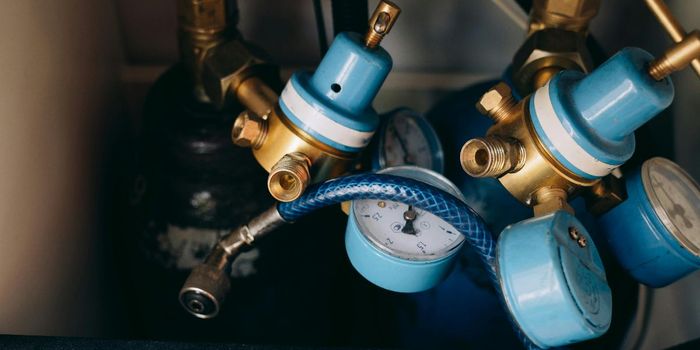
A study at the UCLA School of Nursing concluded that what may be damaging the brain in people with the sleep disorder is weaker brain blood flow. The study was published August 28 in the journal PLOS ONE.
The researchers measured blood flow in the brain using a non-invasive MRI procedure, the global blood volume and oxygen dependent (BOLD) signal, which is usually used to observe brain activity. Aware that previous research showed that poor regulation of blood in the brain could be an issue for people with sleep apnea, the researchers used the whole-brain BOLD signal to determine the blood flow in individuals with and without obstructive sleep apnea (OSA).
"We know there is injury to the brain from sleep apnea, and we also know that the heart has problems pumping blood to the body, and potentially also to the brain," explained Paul Macey, associate dean for Information Technology and Innovations at the UCLA School of Nursing and lead researcher for the study. Other authors of the study were Rajesh Kumar, Jennifer Ogren, Mary Woo and Ronald Harper, all of UCLA.
Macey added, "By using this method, we were able to show changes in the amount of oxygenated blood across the whole brain, which could be one cause of the damage we see in people with sleep apnea."
About 10 percent of adults have obstructive sleep apnea, a serious disorder that occurs when a person's breathing is repeatedly interrupted during sleep, hundreds of times a night. Each time the person's breathing stops, the oxygen level in the blood drops, thus damaging many cells in the body. Obstructive sleep apnea manifests symptoms including brain dysfunction, extreme daytime sleepiness, depression and anxiety and memory problems. If it is left untreated, the problem can lead to high blood pressure, stroke, heart failure, diabetes, depression and other serious health issues.
The study measured the BOLD signals of men and women, with and without obstructive sleep apnea, during three physical tasks while they were awake: the Valsalva maneuver: participants forcefully breathe out through a very small tube, which raises the pressure in the chest; a hand-grip challenge: participants squeeze hard with their hand; and a cold pressor challenge: a participants's right foot is put in icy water for a minute.
Macey explained, "When we looked at the results, we didn't see much difference between the participants with and without OSA in the Valsalva maneuver, but for the hand-grip and cold-pressor challenges, people with OSA saw a much weaker brain blood flow response."
The researchers attribute the reason for the differences in the sleep apnea patients during the hand-grip and cold pressor challenge to the fact that the signals from the nerves in the arms and legs had to be processed through the high brain areas controlling sensation and muscle movement, which was slower due to the brain injury. Conversely, the changes from the Valsalva maneuver are mainly driven by blood pressure signaling in the chest. Thus, they do not need the sensory or muscle-controlling parts of the brain.
The study, which was funded by the National Institute of Nursing Research, also determined that the problem is greater in women with sleep apnea. That fact may explain the worse apnea-related outcomes in females than males. Studies recently published by the UCLA School of Nursing also have shown that brain injury from sleep apnea is much worse in women than men. The researchers are attempting to determine whether treatment for obstructive sleep apnea can reverse the damaging effects.
"This study brings us closer to understanding what causes the problems in the brain of people with sleep apnea," Macey concluded.
 A study at the UCLA School of Nursing concluded that what may be damaging the brain in people with the sleep disorder is weaker brain blood flow. The study was published August 28 in the journal PLOS ONE.
A study at the UCLA School of Nursing concluded that what may be damaging the brain in people with the sleep disorder is weaker brain blood flow. The study was published August 28 in the journal PLOS ONE.








